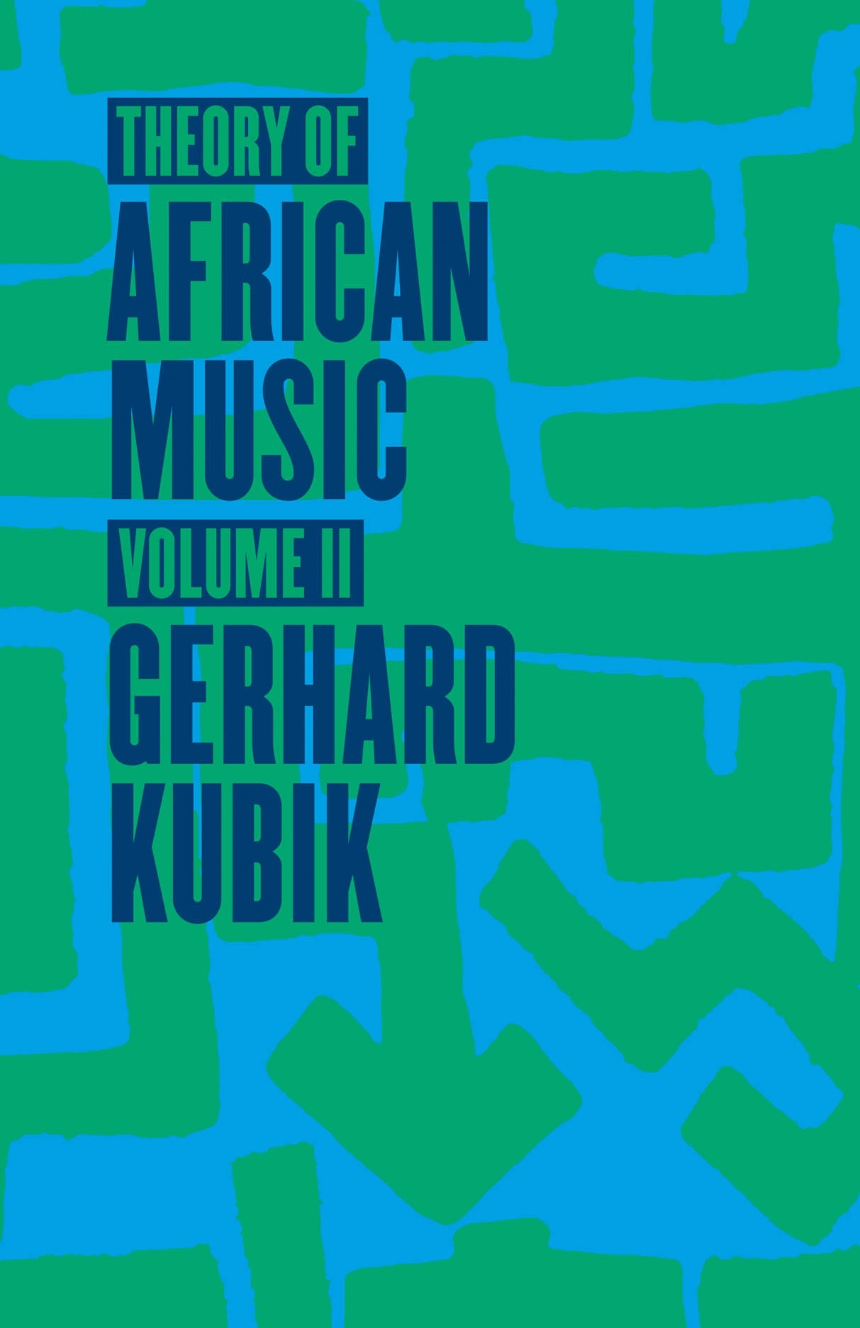Theory of African Music, Volume II
In this second volume, Kubik explores a variety of topics, including Yoruba chantefables, the musical Kachamba family of Malawˆ i, and the cognitive study of African rhythm. Drawing on his remarkable ability to make cross-cultural comparisons, Kubik illuminates every facet of the African understanding of rhythm, from timing systems to elementary pulsation. His analysis of tusona ideographs in Luchazi culture leads to an exploration of African space/time concepts that synthesizes his theories of art, rhythm, and culture.
Featuring a large number of photographs and accompanied by a compact disc of Kubik’s own recordings, Theory of African Music, Volume II, will be an invaluable reference for years to come.
368 pages | 60 halftones, 32 line drawings, 35 figures | 8 1/4 x 5 5/16 | © 2010
Chicago Studies in Ethnomusicology
Anthropology: Cultural and Social Anthropology
Music: Ethnomusicology
Reviews
Table of Contents
Author’s Preface to Volumes I and II
VI. The Cognitive Study of African Musical “Rhythm”
VII. African Music and Auditory Perception
VIII. Àl?´—Yoruba Chantefables: An Integrated Approach towards West African Music and Oral Literature
IX. Genealogy of a Malawian Musician Family: Daniel J. Kachamba (1947–1987) and His Associates
X. African Space/Time Concepts and the Tusona Ideographs in Luchazi Culture
Further Recommended Readings
List of Musical Examples on CD II
Indexes for Volumes I and II
Index of Artists and Authors
Index of African Ethnic-Linguistic Designations
Index of Song Titles
General Index